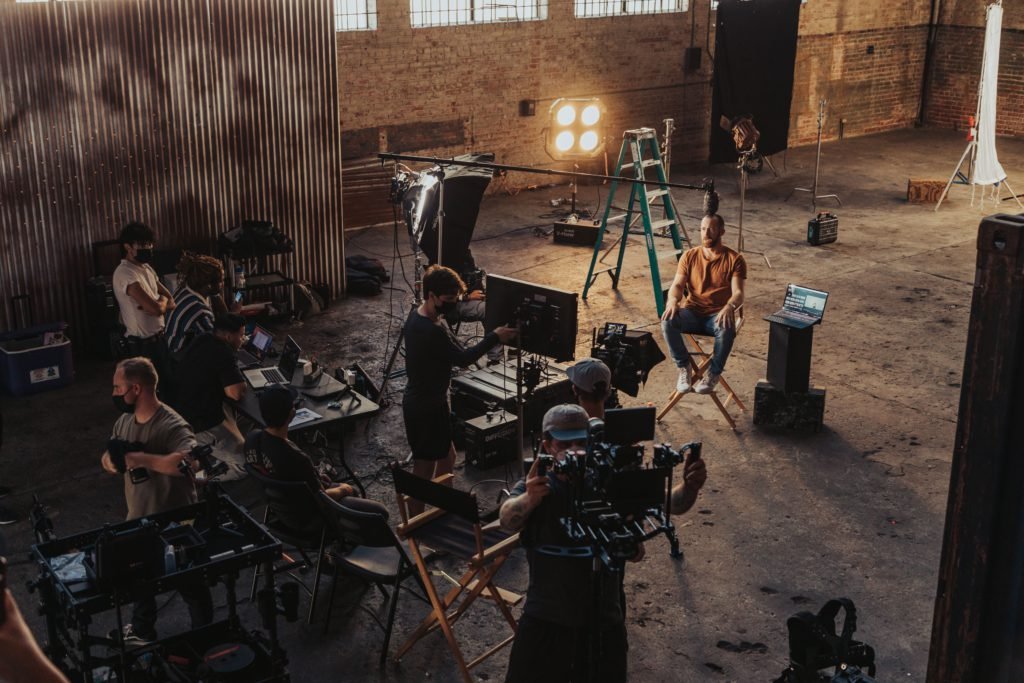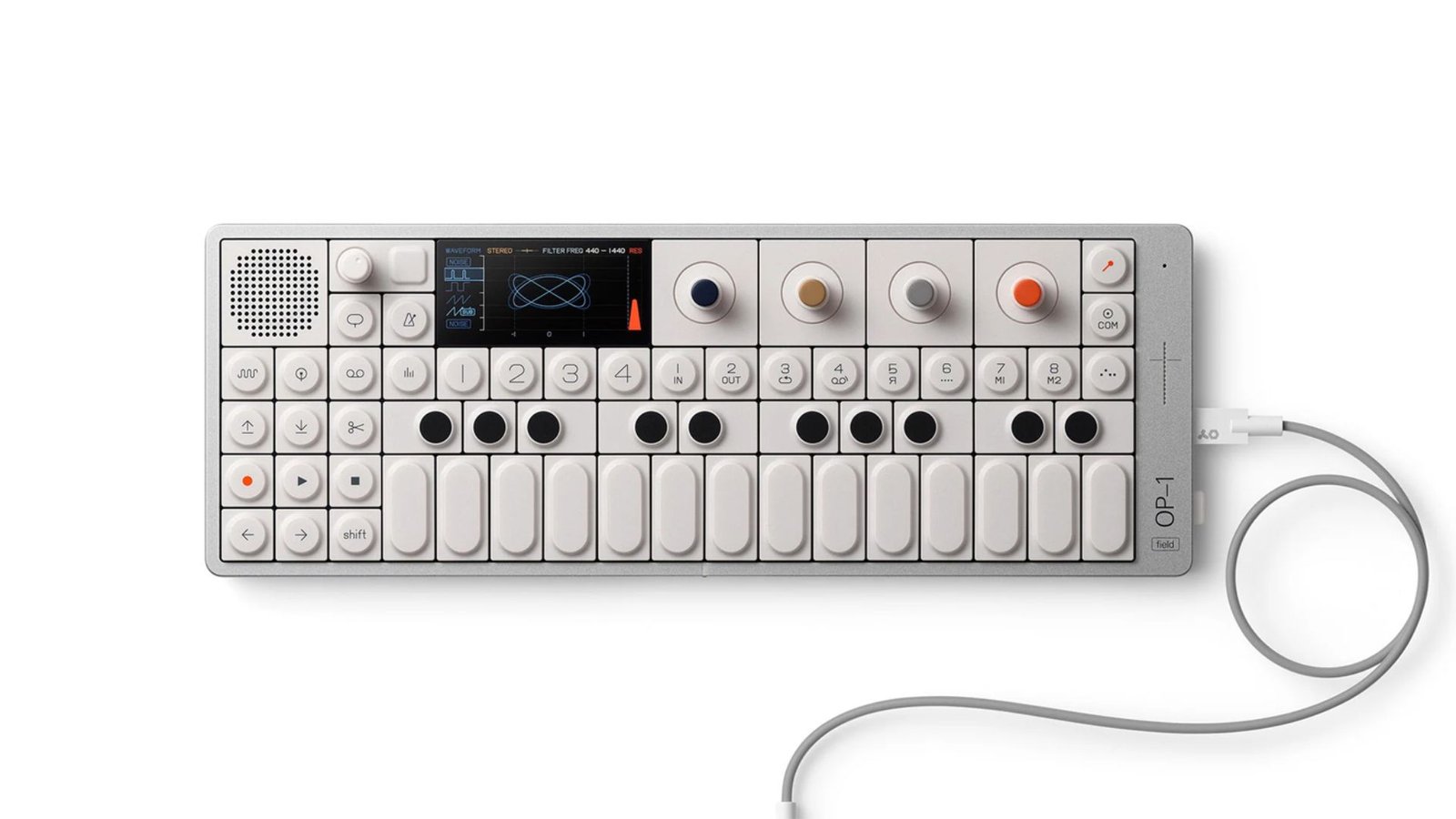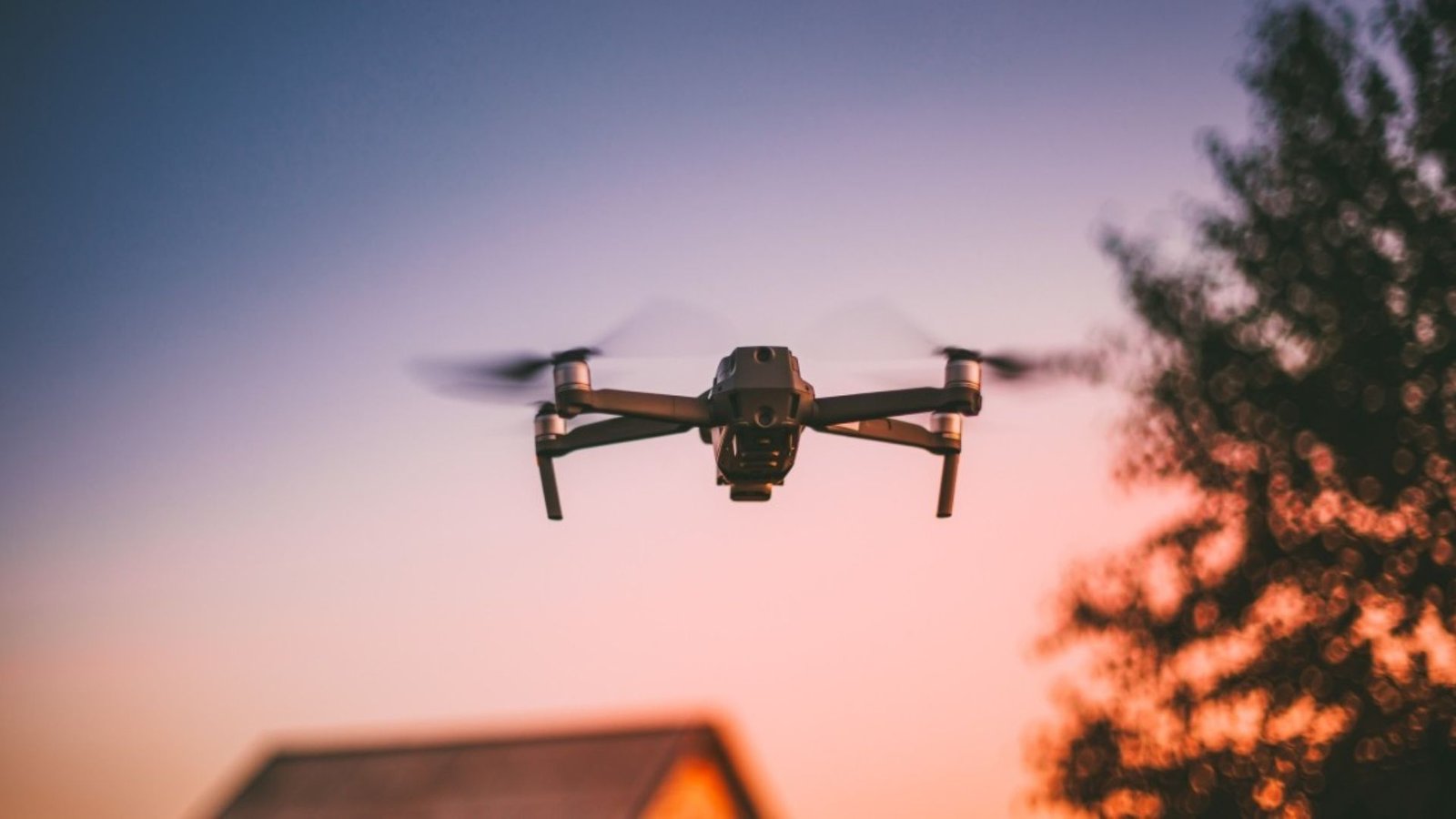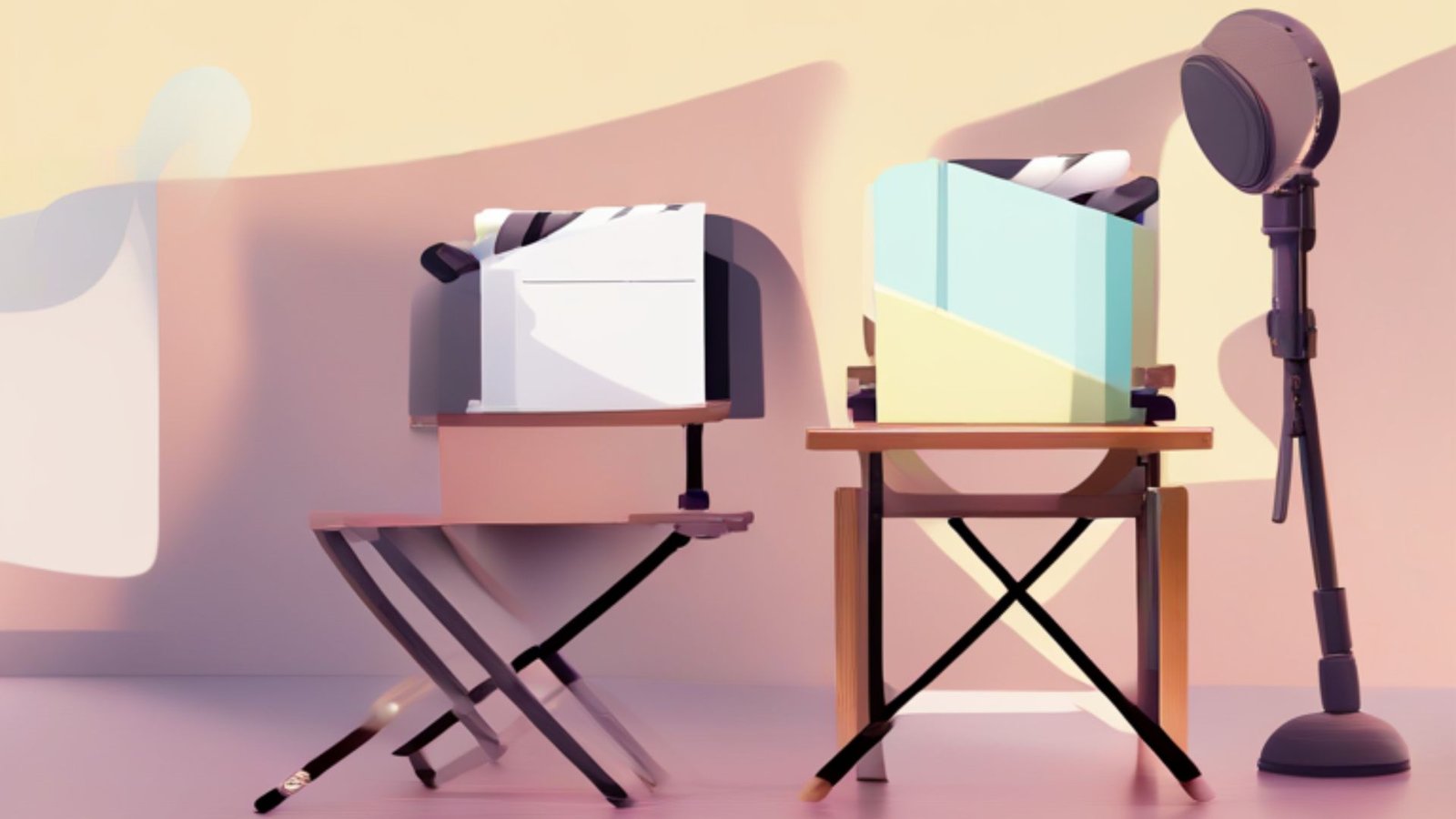Improving production design is crucial for creating captivating and effective visual experiences in any media project. Whether you’re working on film, theater, television, or any other visual medium, a well-thought-out production design can significantly enhance the overall quality of the production. In this article, we will explore several strategies and tips to help you improve production design and achieve outstanding results.
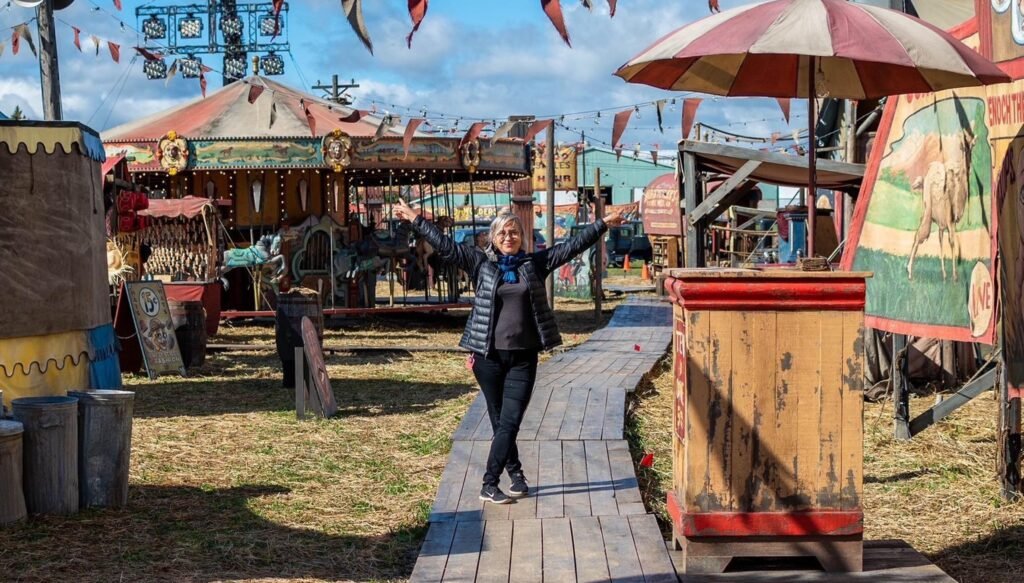
Understanding the Basics
To begin with, it’s important to understand what production design entails. Production design involves the creation and organization of visual elements within a production. This includes sets, props, costumes, and the overall visual style. Essentially, it is about creating an environment that supports the narrative and enhances the viewer’s experience.
Research and Concept Development
Firstly, to improve production design, start with thorough research. Understanding the historical, cultural, and emotional context of the project will provide valuable insights. Conducting research ensures that your design choices are authentic and meaningful. For instance, if you are designing a historical drama, research the period accurately to create a believable setting.
Secondly, develop a clear concept for your design. This involves sketching out ideas, creating mood boards, and discussing your vision with the team. A well-defined concept serves as a roadmap, guiding your decisions throughout the production process. By having a solid concept in place, you can avoid inconsistencies and ensure that all elements align with the project’s goals.
Collaboration and Communication
Furthermore, effective collaboration is essential when aiming to improve production design. Engage with directors, producers, and other key team members to ensure that your design vision aligns with their expectations. Regular communication helps in addressing any concerns early on and making necessary adjustments. It is through collaboration that you can refine your ideas and enhance the overall quality of the production design.
Moreover, involving other departments in the design process can be beneficial. For example, working closely with the costume department ensures that the costumes complement the set design. Similarly, coordinating with the lighting team can help in achieving the desired ambiance. By fostering teamwork, you can create a cohesive and polished production design.
Attention to Detail
Additionally, paying attention to detail is crucial for improving production design. Every element, from the color palette to the texture of materials, contributes to the overall aesthetic. Small details, such as the placement of props or the choice of wallpaper, can make a significant impact on the visual narrative. Ensuring that these details are meticulously planned and executed enhances the believability and immersion of the production.
For instance, consider the role of color in setting the mood. Warm tones can create a cozy, inviting atmosphere, while cool tones may evoke a sense of detachment or sadness. By thoughtfully selecting colors and materials, you can reinforce the emotional undertones of the narrative.
Flexibility and Adaptability
Furthermore, improving production design often requires flexibility and adaptability. During the production process, unforeseen challenges and changes may arise. For example, budget constraints or scheduling issues might necessitate adjustments to the original design. Being adaptable and open to creative solutions allows you to overcome these obstacles while maintaining the integrity of your design.
Moreover, staying up-to-date with industry trends and technological advancements can also enhance your production design. Embracing new techniques and tools can lead to innovative and fresh design solutions. Therefore, continuous learning and experimentation are key to staying ahead in the field of production design.
Final Thoughts
In conclusion, improving production design involves a combination of research, concept development, collaboration, attention to detail, and adaptability. By focusing on these areas, you can create a production design that not only supports the narrative but also captivates and engages the audience. Remember, production design is an evolving process that benefits from creativity and a keen eye for detail. With these strategies in mind, you can take your production design skills to the next level and achieve remarkable results.

